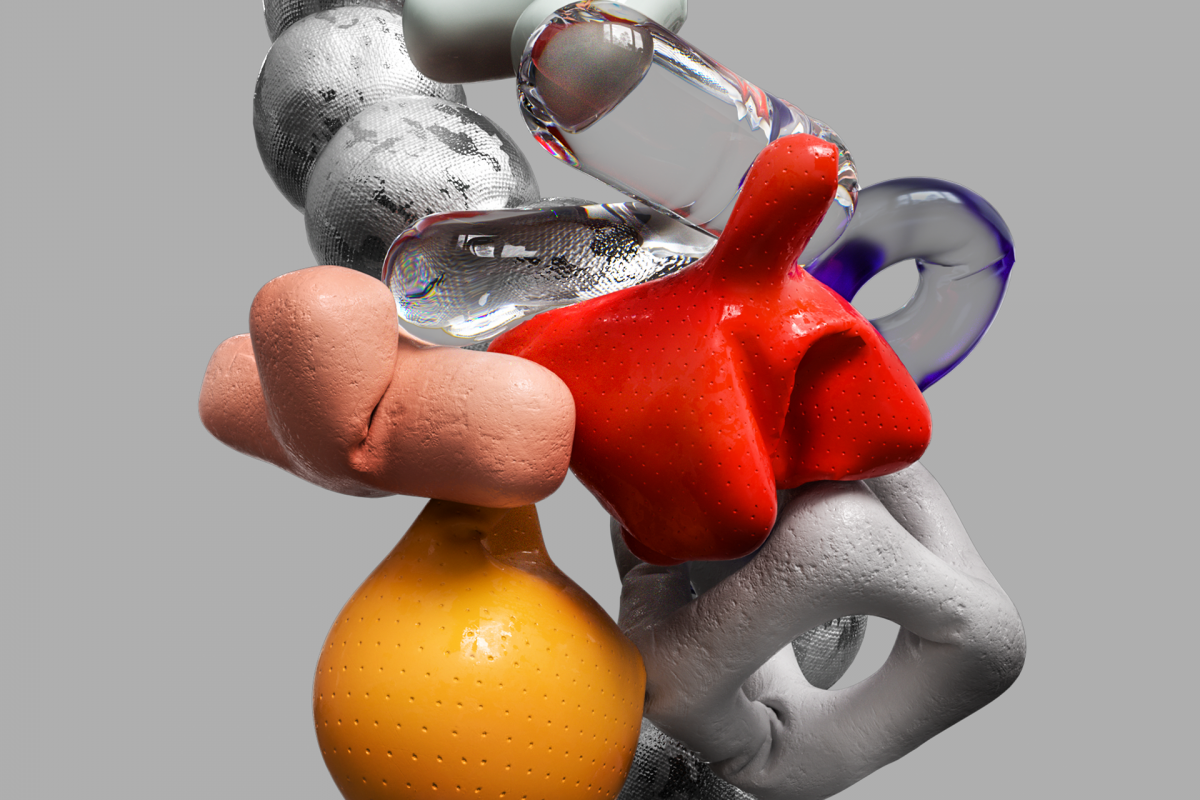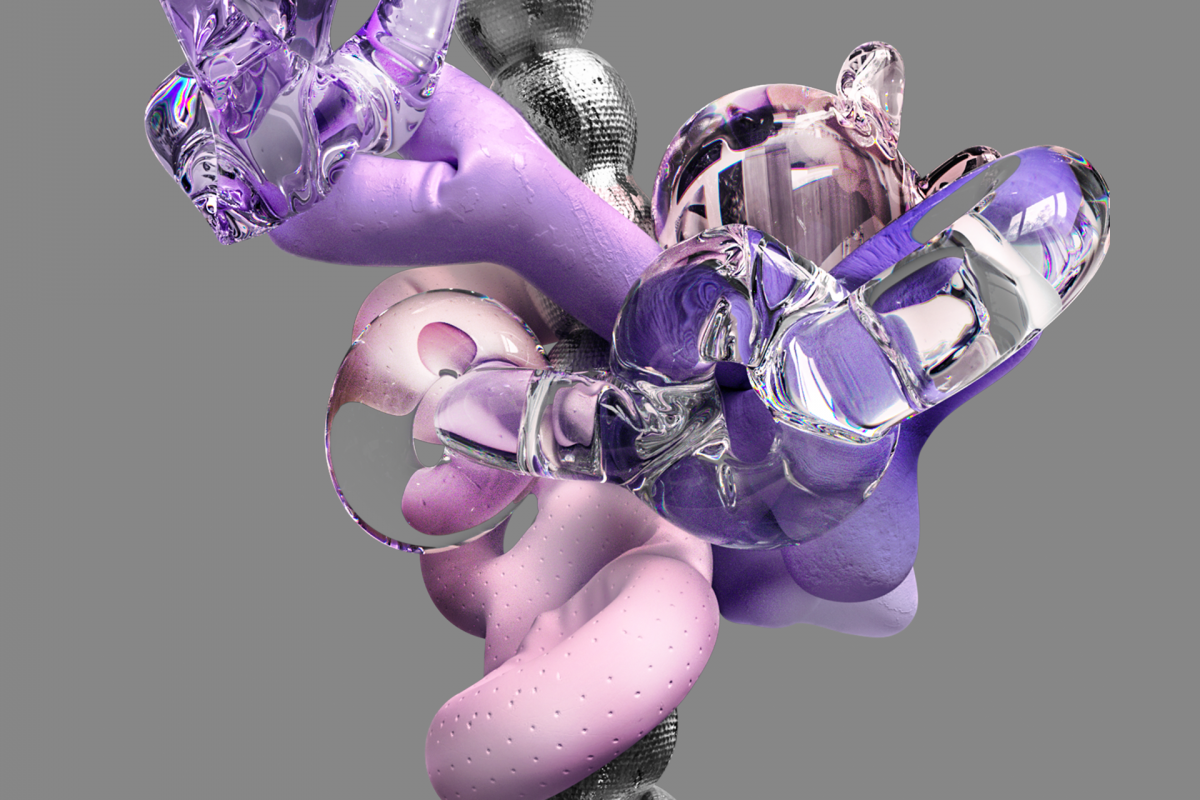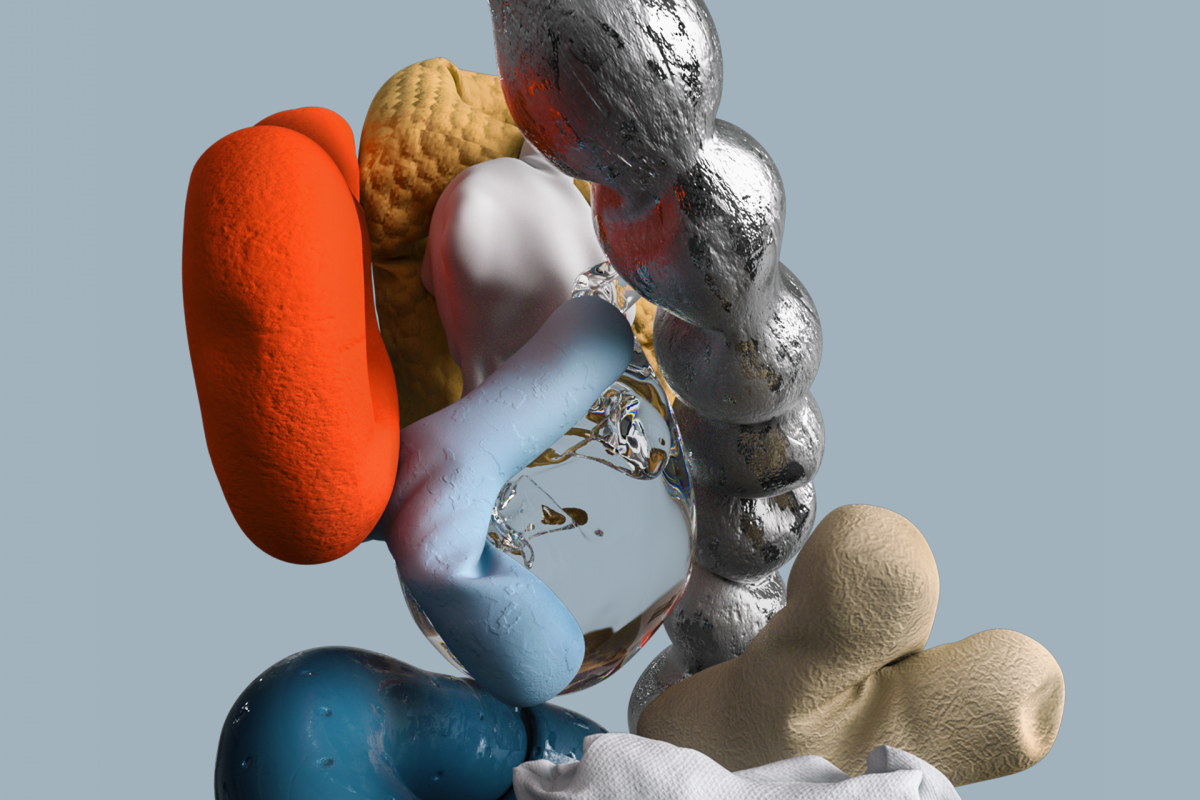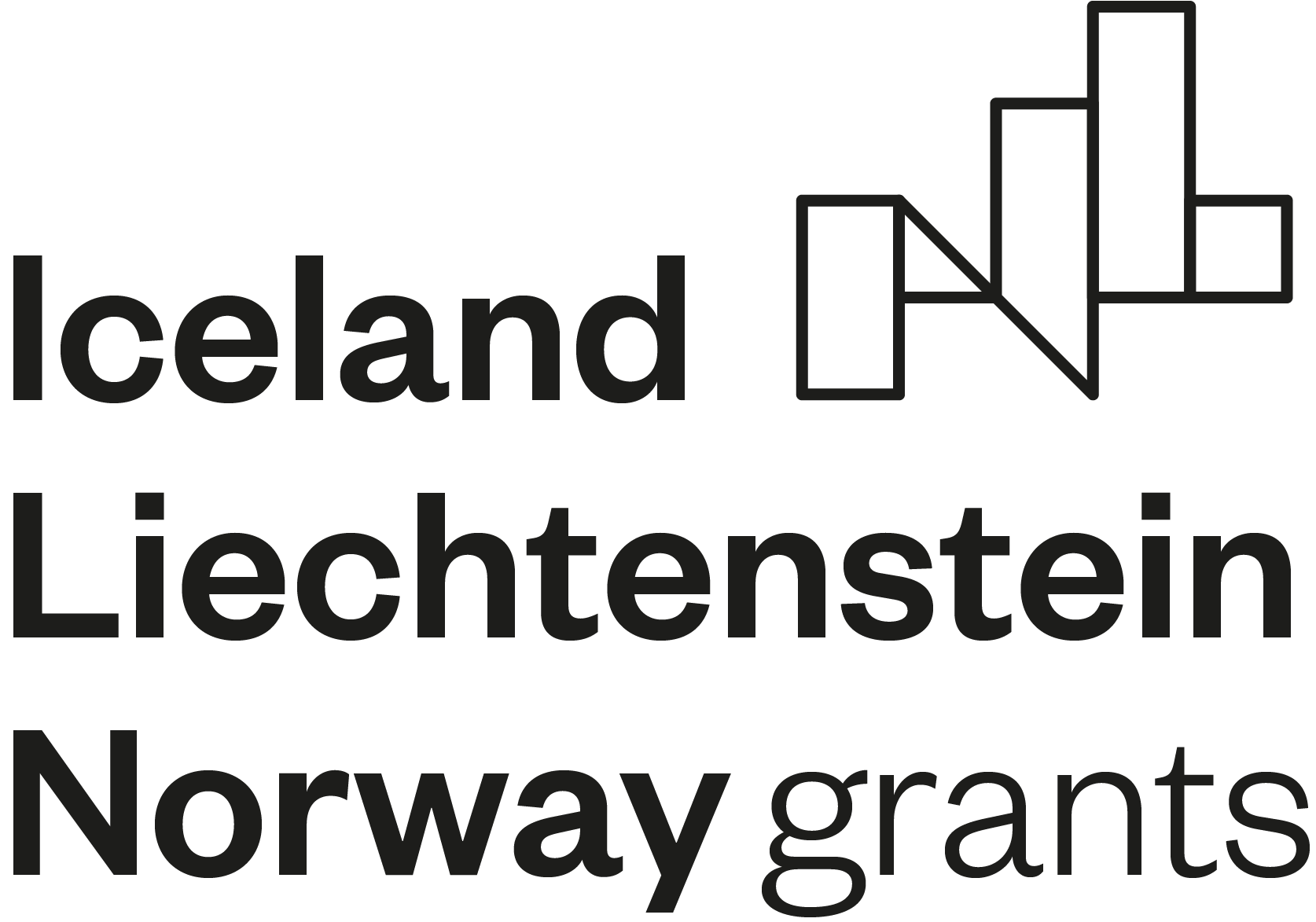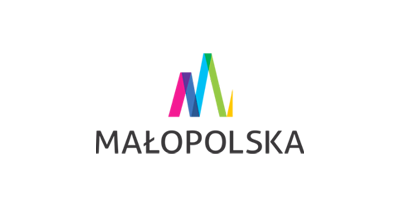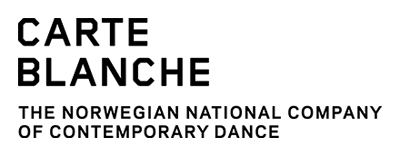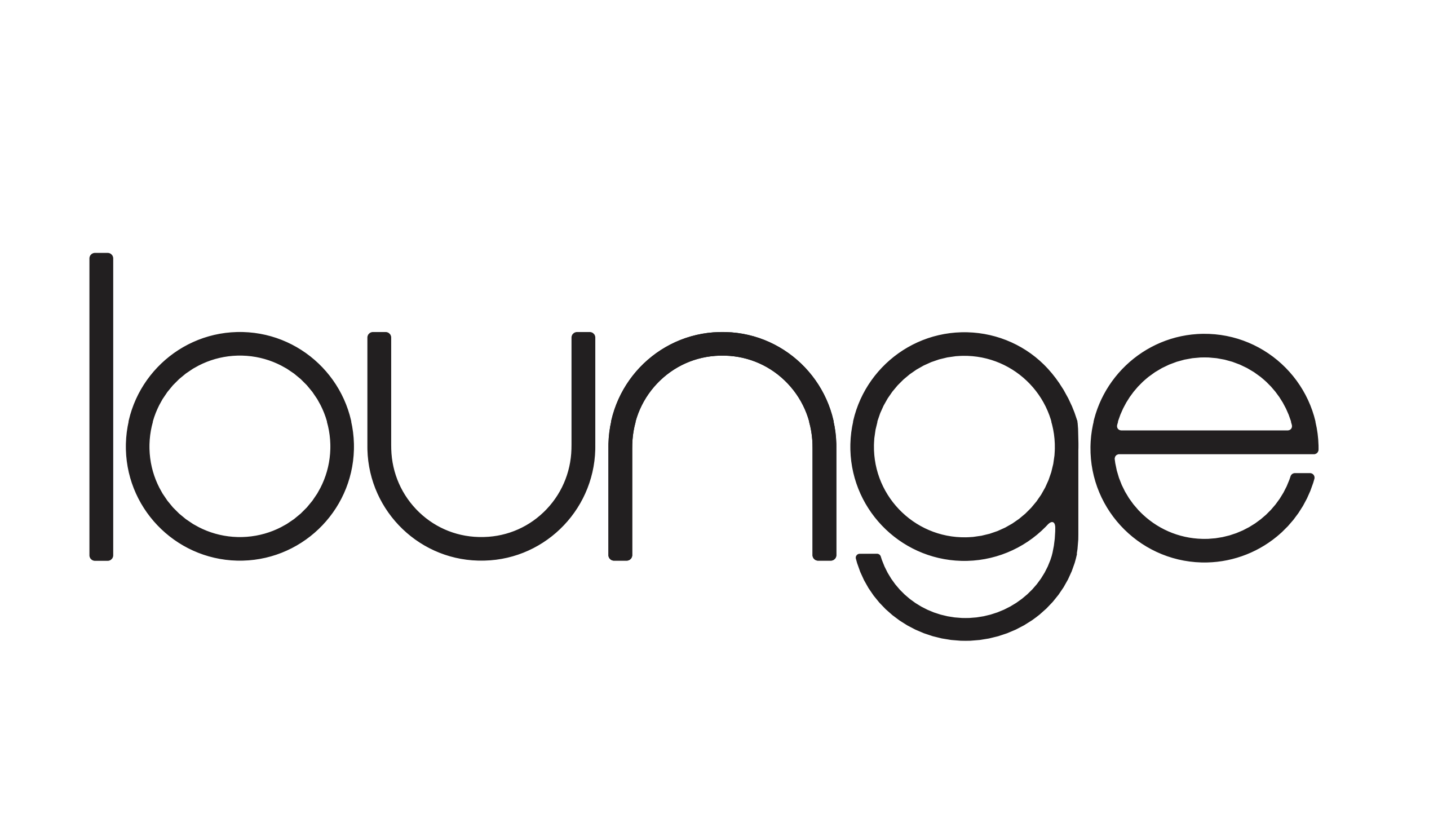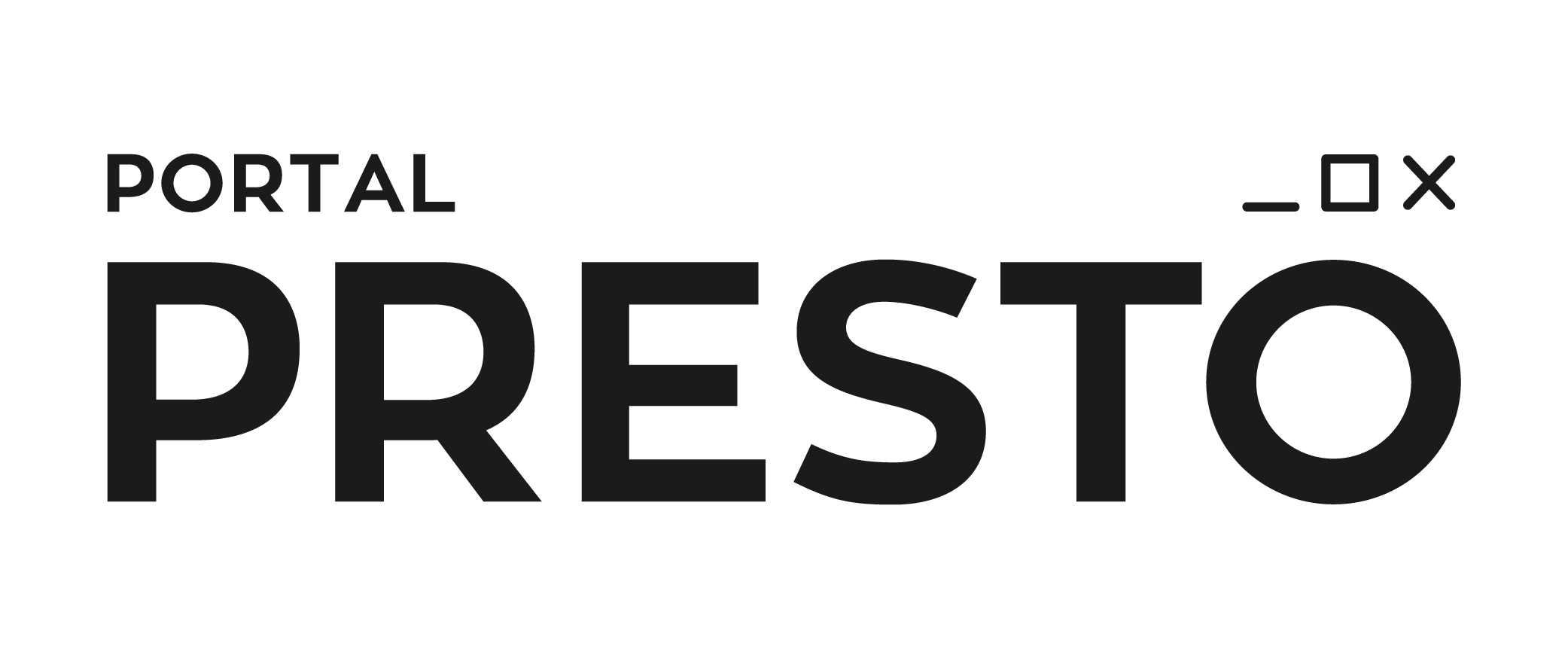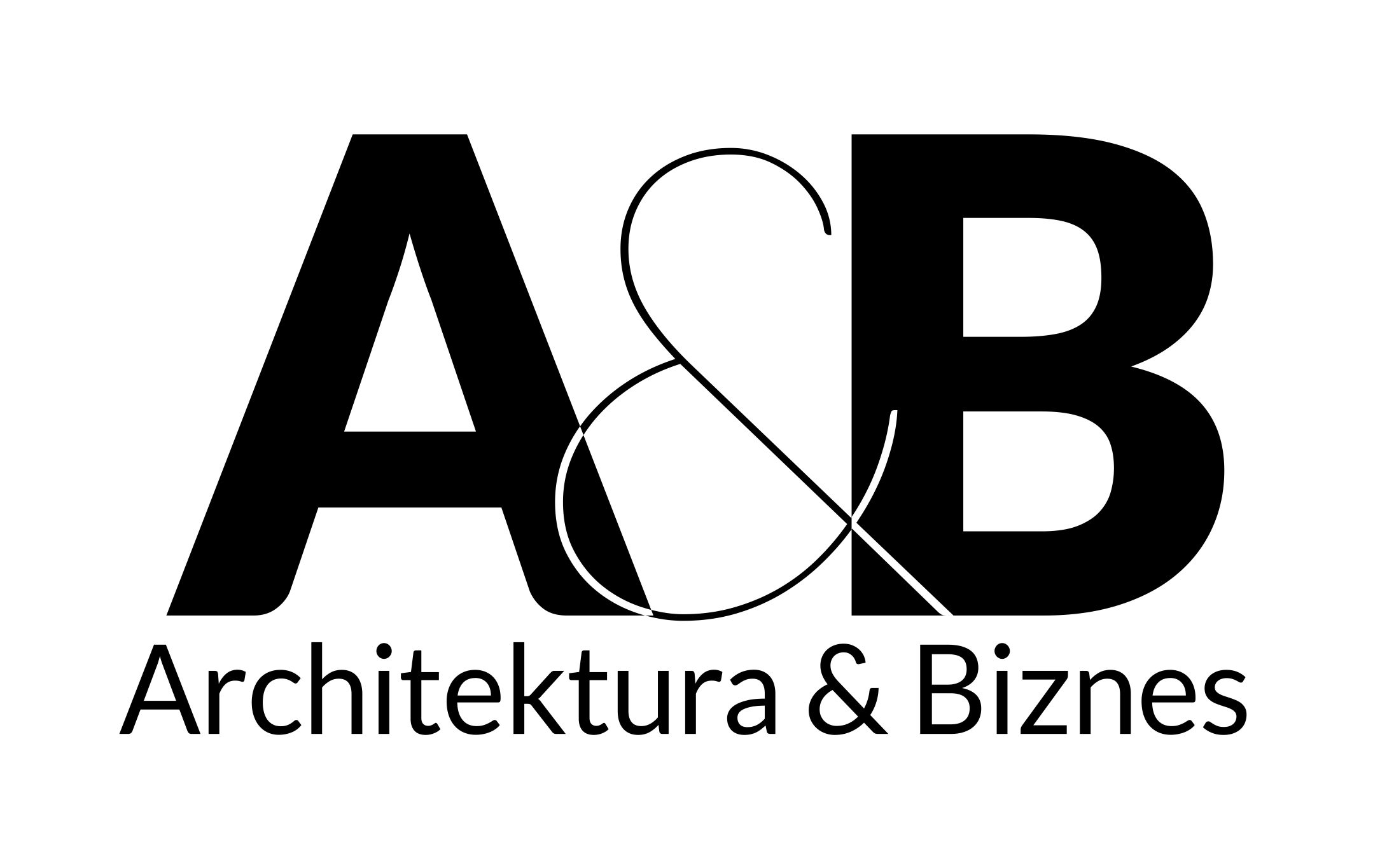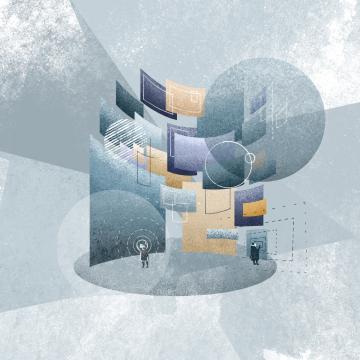
Are VR and AR really a new dimension?
A contact lens with a micro-screen, or perhaps a shadow theater animated by an actor's hands? Once on the walls of caves, today on phone screens. Rafal Mierzejewski talks about what virtual reality (VR) and augmented reality (AR) are in an interview with Arkadiusz Klej.
[AK] In your opinion, is society "keeping up" with the new dimensions? How would you summarize the difference between VR and AR in a simple way?
[RM] In augmented reality, we can use the phone to place new objects in real space. We can see illustrations, but also entire three-dimensional sculptures. We can also go a step further and, looking through the phone, see what the potential interior of our car could look like in a particular configuration. We can create portals that take us to other dimensions. And we look at all of this through the screen, It's what expands reality.
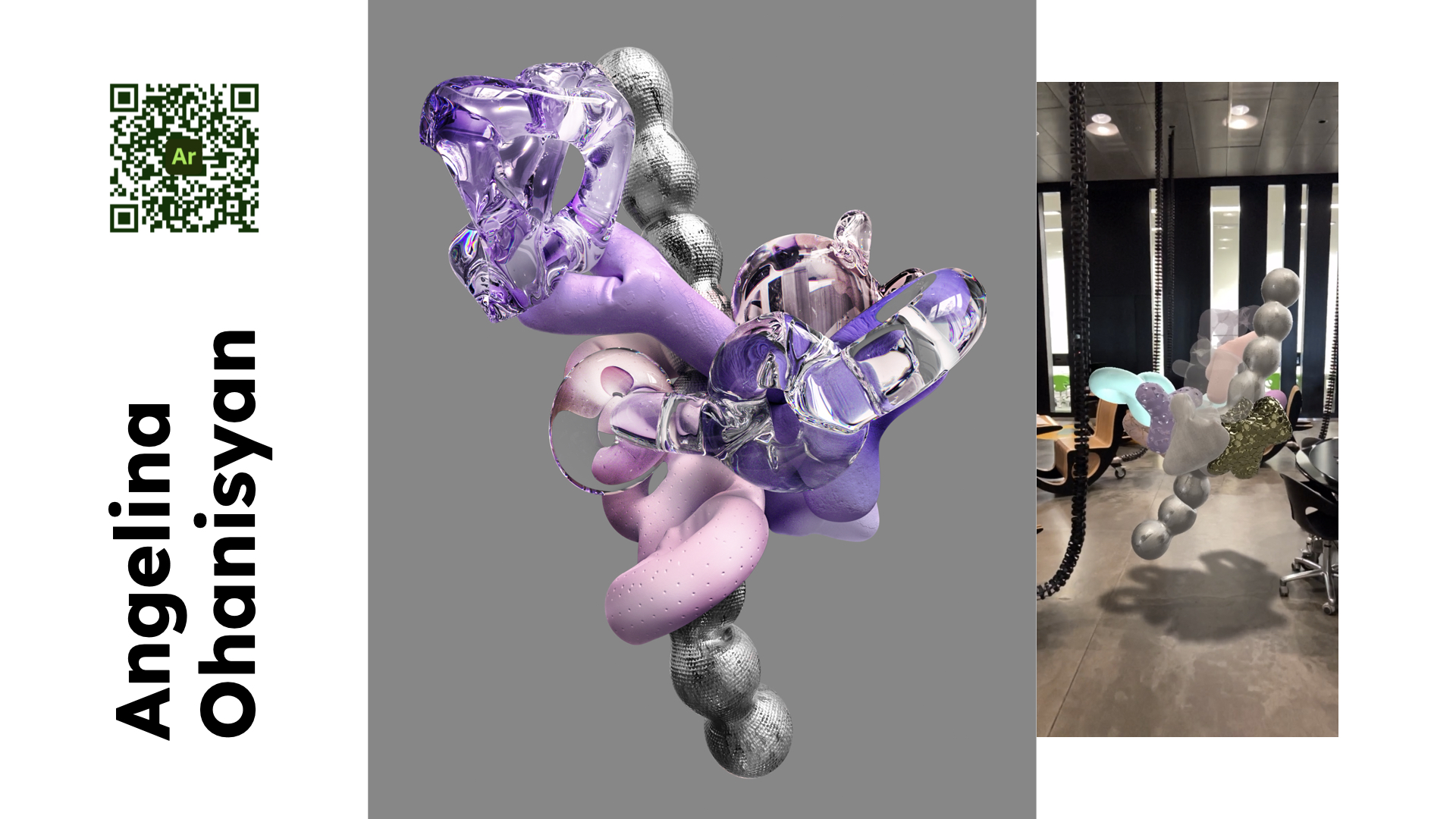
In virtual reality (VR), we have to put on some kind of device, usually glasses, to sink into a new world. We can see our hands and interact with objects in our environment. The applications are endless[using the new Half live as a tool for math lessons]. Such technology is more immersive than AR.
This could be even simpler in the near future. Apple has filed a patent for lenses that have screens built into them. On top of that, we have promises from companies like Neuralink - they propose to send music directly to the brain. However, such advanced technology comes with the need for implants directly into the brain. Such processes have already taken place and have not always ended well. After all, the company that supplies the implants could go bankrupt, leaving its customers with inactive implants. Cyberpunk stories are happening right before our, nomen omen, eyes.
In 2011, Argus II, an improved version of an eye implant that helped people with retinal degeneration, was launched. A company called Second Sight developed the technology so that patients could see anything. One of the people with such an implant was Barbara Campbell. In an interview with IEEE Spectrum, she talks about the problems she faced. For example, when she was walking down the stairs on the subway, her implant beeped and turned off. She stopped seeing. It will never start again. Financial problems related to the pandemic led to Second Sight's restructuring. The director of implant research left the company, followed shortly after by the chief executive. The company is now out of touch, its assets having been auctioned off.
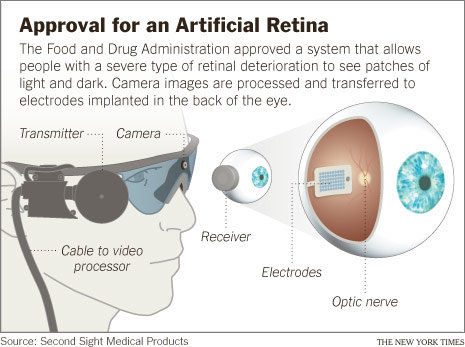
[AK] Where, in your opinion, do we see the potential of the VR/AR area the least? What is not being talked about enough?
[RM] We certainly don't see how artificial intelligence is dynamically starting to "assist" all creators. It begins to create with us, and this also raises many questions. Answering more specifically - I once participated in a project in which we presented the impact of a new drug on visual impairment. The project was aimed at doctors - they put on VR glasses, in which they were observers and at the same time participants in the flow of the substance through the eye. I believe that there is quite little talk about the possibility of using VR technology in medicine. Specialized medical centers could help countries with shortages - for example, a doctor from Poland could be an assistant to a doctor from one of the African countries - be both voice and eyes. This process has already begun, but it is worth accelerating.
[AK] All these technologies are remarkable, but they also seem very complicated. The workshop you led in Armenia is an example of how we can go from complete basics to creating sculptures in virtual reality in two weeks. What did it look like?
[RM] It all started with receiving an honorable mention in the 3D category on the interentowaje Behance patform, where artists showcase their work. I was contacted by a university from Armenia - TUMO. It turned out to be a network (more than 15 campuses in different countries) dealing with technology that works in a very non-standard model. People between the ages of 12 and 18 can attend additional, free after-school classes there with practitioners from the best universities in the world, who teach courses there in 14 thematic tracks. I met super engaged students there. Such a person finds what really interests him in life much faster. Nobody takes money for their workshops, and for me this is even better because there are no creative limitations. It's not a client who has great expectations just a community that shares with you. I spent two weeks there and it was an adventure that I can recommend to anyone.
[AK] What do you think is the most important thing when it comes to educating yourself in a field that is emerging before our eyes? You don't know what technologies will be available in six months, the industry is going through a storm, a tide and a typhoon at the same time. How do you find yourself in this reality as a developer?
[RM] In the beginning there is curiosity. Such straw enthusiasm, only well thought out. You develop one thing to a certain level, then another. I won't claim to be an expert in anything, but after 15 years I just have a very broad spectrum of different skills. A generalist is a person who can combine different specialists, different areas. I can work in a lot of different technologies so in the team I am responsible for making the project "pin up graphically". I work with people from all over the world - they use different technologies, different working methods. And this is how education should be - it should happen in such an interdisciplinary environment.
[AK] Listening to your attitude, I get the impression that almost everything can be learned in the digital space. With so many years of experience, is there still something that regularly poses a problem for you?
[RM] Here where I work (Unit9's London office) there is no such thing as unsolvable problems. Indeed, the culture of the organization makes it so that even if a project outgrows the team, the whole organization responds. I have had situations where the creative team came together to solve more problems together with me. The team takes responsibility for the entire project, and I have yet to see this responsibility rest on one person. Whenever there is a problem - it should be talked about directly and it is solved in the group. So, feasibility and problematic - whether something outgrows you - is a matter of the culture of the organization. Because the fact that something outgrows you creates an opportunity for you to deal with it as a team.
[AK] I absolutely agree. Similarly, on the scale of society - it's not that we all master these technologies. For that, those who manage it need to animate a discussion that society can understand. Looking at the theme of this year's Bienalle e-Polis - how does VR/AR find its way into the city of the future?
Collaboration with artificial intelligence will come from integration with the body. Entire digital worlds will be extensions. A great commentary on this reality is the book, "Accelerando" by Charles Stross. Similarly, Isaac Asimov's entire ,,Foundation'' (again filmed in 2021) shows different shades of the city of the future. It will be a world of great acceleration, where it will be very easy to get lost. No matter how many dimensions there will be.
